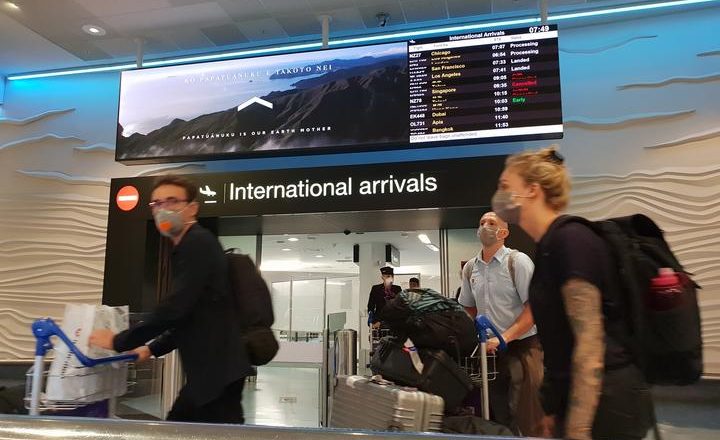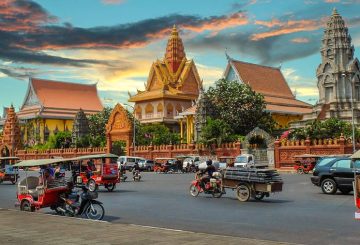旅游业Aotearoa敦促政府更新其重新开放新西兰边境的计划,因为Omicron改变了游戏规则。
总理贾辛达·阿登上周表示,内阁将考虑在未来几周内改变目前的边境设置,此前 11 月宣布的分阶段重新开放在奥米克龙出现时被搁置。
“之前的计划是为了应对达美而非奥米克龙而制定的。TIA发言人Ann-Marie Johnson说,如果Omicron在新西兰流行,就没有健康理由可以关闭边境或继续为国际入境者进行自我隔离或MIQ。”
新西兰需要与世界重新建立联系。人们迫切希望与家人和朋友团聚。旅行还支持关键的供应链,为社区带来活力,并为活动、食品生产、运输和服务等其他领域提供支持。
免检疫旅行是吸引国际 manuhiri 返回新西兰的关键。约翰逊说,在没有隔离或隔离要求的情况下,在新西兰边境向国际入境者重新开放之前,旅游业的复苏无法开始。
国际航空公司目前正在敲定2022-23夏季的航班时刻表。她说,他们需要表明计划在 2 月中旬之前重新开放我们的边境,否则新西兰很有可能失去优质的国际航空连接,从而进一步推迟复苏。
世界卫生组织的建议是,应该取消或放宽国际旅行禁令,因为它们没有阻止奥米克龙的传播,并且正在加剧社会和经济压力。
约翰逊女士说,国际趋势表明,奥米克龙疫情的高峰期应该在两三个月内过去,因此政府现在应该计划届时重新开放边境。
“我们知道,新西兰人和旅游运营商都将在未来几个月内面临艰难时期,因此现在是规划复苏的时候了。我们需要一个明确的 Omicron 边境开放计划。我们认为,人们对疫情将如何发展已有足够的了解,足以证明为制定该计划而认真开展工作是合理的。TIA代表业界热衷于与政府合作支持这一点。”
她说,放松然后取消新西兰的边境限制必须基于仔细的风险评估,但如果奥米克龙在社区中建立起来,关闭边境成为未来的主要控制措施的可能性极小。
“与管理自己人口的行为和决策相比,我们可以更轻松地管理谁过境,因此,国际入境者应该构成较小且易于控制的风险。
“我们知道这将是一个循序渐进的过程,但向前迈进的最佳方法是,一旦控制措施不再用于保护新西兰人的关键目的,就制定重新开放新西兰奥特罗阿边境的计划。”





























































